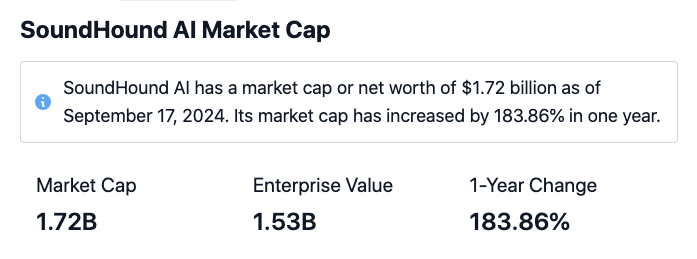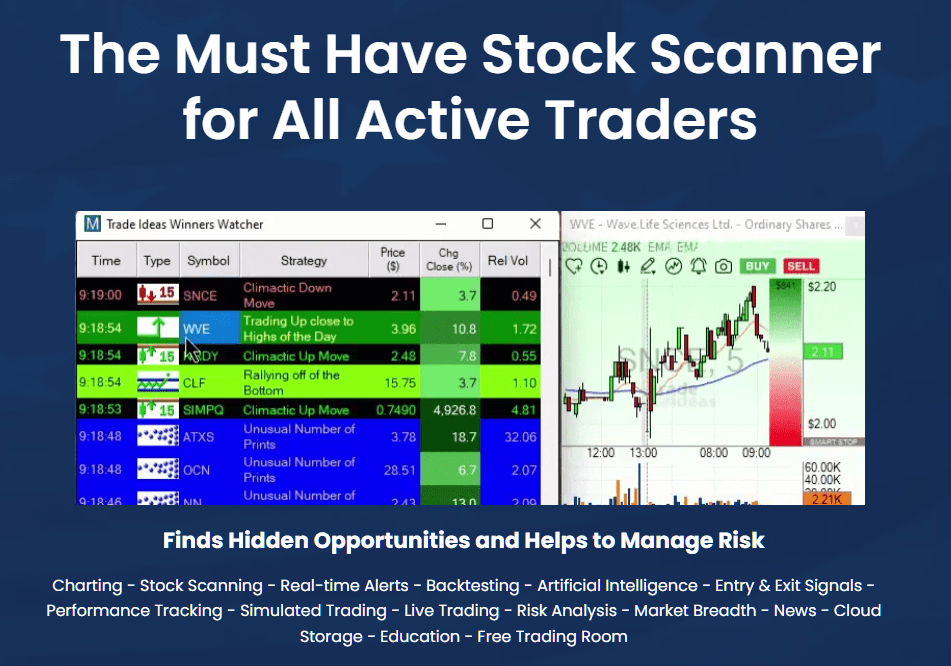Top 10 Tips To Evaluate The Quality Of Data And Sources For Ai Trading Platforms Which Predict Or Analyze Stock Prices.
In order to provide accurate and reliable information it is essential to verify the data and sources that are used by AI trading and stock prediction platforms. Poor data accuracy can lead inaccurate predictions, financial losses, or even a lack of trust toward the platform. Here are the 10 best ways to assess the quality of data and sources:
1. Verify Data Sources
Check the source: Make sure that the platform has data from reputable sources (e.g. Bloomberg, Reuters Morningstar or exchanges like NYSE and NASDAQ).
Transparency: The platform should be transparent about its data sources and should regularly update them.
Avoid dependence on a single source: Trustworthy platforms aggregate information from multiple sources to reduce biases and errors.
2. Check the Freshness of Data
Real-time as opposed to. Delayed Data: Find out if the platform is providing actual-time data or delaying information. Real-time data is crucial to ensure that trading is active. However, delayed data can be adequate for long-term analytics.
Update frequency: Make sure to check the frequency with the time that data is changed.
Historical data accuracy: Ensure the accuracy of your historical data. free of anomalies or gaps.
3. Evaluate Data Completeness
Check for missing data: Search for gaps in the historical data, missing tickers, or incomplete financial statements.
Coverage: Make sure that your platform has a wide selection of stocks, indices and other markets that will be relevant to your trading strategy.
Corporate actions: Make sure that the platform records dividends, stock splits mergers as well as other corporate actions.
4. Accuracy of Test Data
Data consistency can be ensured by comparing the data on the platform to other reliable sources.
Error detection: Look for outliers, incorrect prices, or mismatched financial metrics.
Backtesting: You can utilize historical data to evaluate trading strategies. Check if they match your expectations.
5. Take a look at the data Granularity
The platform should provide granular information, including intraday prices volume, bid-ask, and order book depth.
Financial metrics – Make sure to check whether there is a detailed financial statement (income statements, balance sheets, cash flows) and key ratios (P/E/P/B/ROE etc.). ).
6. Check for Data Cleansing and Preprocessing
Data normalization: Ensure the platform normalizes the data (e.g. making adjustments for dividends, splits) to maintain consistency.
Outlier handling: Check how the platform handles anomalies and outliers.
Incorrect data Make sure to check if your platform is using reliable methods when filling in the data that is missing.
7. Verify data for consistency
Timezone alignment: Make sure that all data is aligned with the same timezone to prevent differences.
Format consistency: Verify that the data is presented in a consistent manner (e.g. currency, units).
Cross-market compatibility: Ensure that the data from exchanges and markets are synchronized.
8. Determine the relevancy of data
Relevance of the data to your trading strategy: Make sure the data is aligned with your style of trading.
Review the features available on the platform.
Verify the security and integrity of your data
Data encryption: Ensure that your platform has encryption in place to protect data storage and transmission.
Tamperproofing: Ensure that data hasn’t been altered, or manipulated.
Compliance: Check if the platform complies with data protection regulations (e.g., GDPR or the CCPA).
10. Transparency Model for AI Platform Tested
Explainability: Ensure that the platform provides insights on how the AI model utilizes the data to generate predictions.
Bias detection – Check whether your platform actively monitors data and models for biases.
Performance metrics. Examine the performance metrics like precision, accuracy, and recall to assess the reliability of the system.
Bonus Tips
Reviews and reputation of users Review user feedback and reviews to gauge the platform’s reliability and data quality.
Trial period: Test the platform free of charge to test the functionality and the features available before committing.
Support for customers: Make sure the platform provides a robust support for customers for issues with data.
Follow these tips to assess the data source and quality of AI stock prediction platforms. Make informed decisions about trading using this data. Follow the top stock market software hints for more tips including trading with ai, ai trader, trade ai, investing ai, ai stock trading, ai hedge fund outperforms market, coincheckup, ai trading, best ai stock trading bot free, trading with ai and more.

Top 10 Tips On Assessing The Feasibility And Trial Of Ai Platform For Analyzing And Predicting Stocks
Before you commit to long-term subscriptions It is important to examine the options for trial and the flexibility of AI-driven prediction as well as trading platforms. Here are the top 10 tips for evaluating each aspect:
1. You can get a free trial.
Tip: Make sure the platform you’re considering has a 30-day trial to check the features and capabilities.
Why: A free trial lets you try the platform without taking on any financial risk.
2. The Trial Period as well as its Limitations
Check the length of the trial and any restrictions.
The reason: Knowing the limitations of an experiment can determine whether it’s an exhaustive assessment.
3. No-Credit-Card Trials
Try to find trials that don’t need you to provide your credit card details prior to the trial.
Why: This reduces the chance of unexpected costs and makes it simpler to decide whether or not you want to.
4. Flexible Subscription Plans
Tips. Find out whether a platform has an option to subscribe with a variety of plans (e.g. annual, quarterly, monthly).
Why flexible plans offer you the option to select the amount of commitment that meets your requirements and budget.
5. Customizable Features
Tip: Make sure the platform you’re using permits customization, including alerts, risk settings and trading strategies.
Why: Customization adapts the platform to your goals in trading.
6. Easy Cancellation
Tip: Assess how easy it is to cancel or upgrade a subscription.
Why? A simple cancellation process allows you to avoid being locked into a service that does not work for you.
7. Money-Back Guarantee
Tip: Look for platforms that offer a money back assurance within a certain time.
This is to provide an additional security net in the event that the platform not live up to your expectation.
8. All features are available during trial
TIP: Make sure the trial offers access to the main features.
What’s the reason? You can make an an informed choice by testing all the features.
9. Support for Customers During Trial
Tips: Assess the level of support provided by the business throughout the trial.
The reason: A reliable support team ensures that you will be able to resolve any issues and maximize the trial experience.
10. After-Trial feedback Mechanism
Make sure your platform is asking for feedback for improving services following the trial.
Why The platform that takes into account user feedback is more likely to grow so that it can meet the needs of users.
Bonus Tip Options for scaling
As your trading activity grows it is possible to upgrade your plan or add more features.
After carefully evaluating the trial and flexibility features You will be in a position to make an informed decision about whether AI stock predictions and trading platforms are appropriate for your company before you commit any funds. Have a look at the most popular ai trading bot hints for site tips including best ai stock, getstocks ai, stock analysis websites, ai for stock trading, ai chart analysis, trader ai intal, using ai to trade stocks, trader ai, invest ai, ai trading bot and more.

